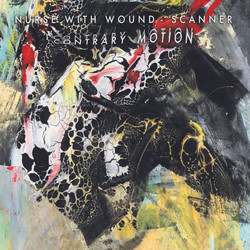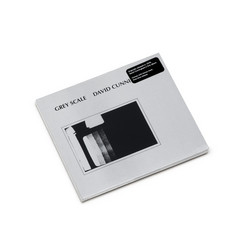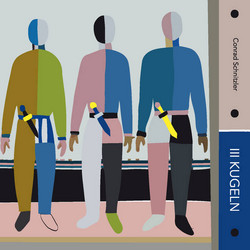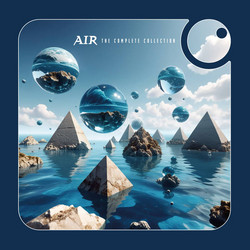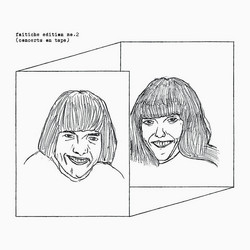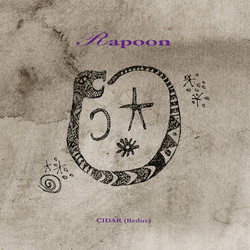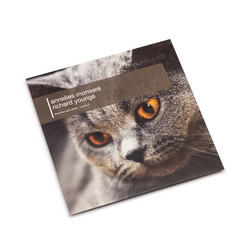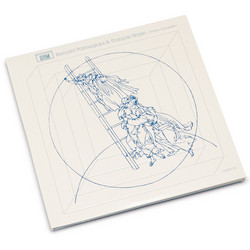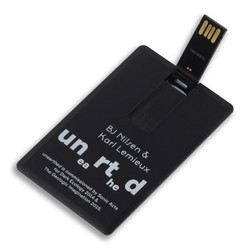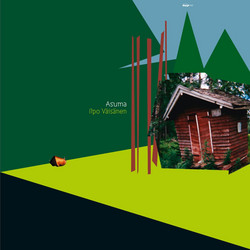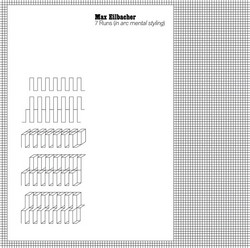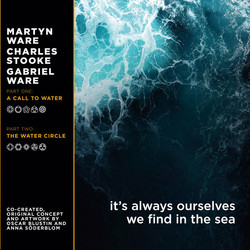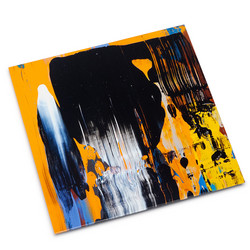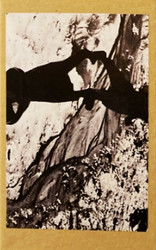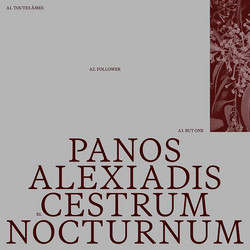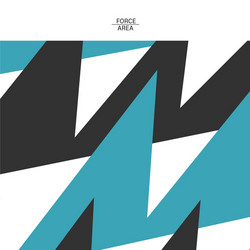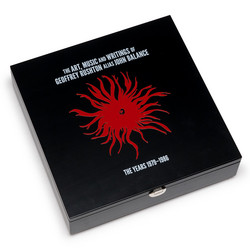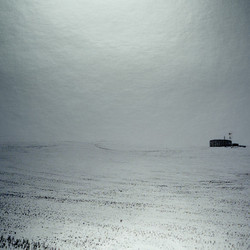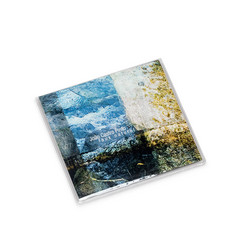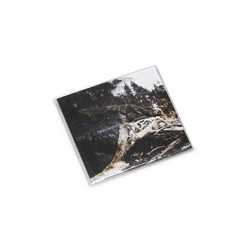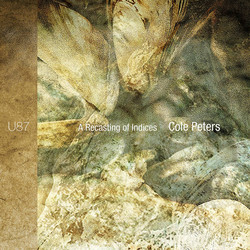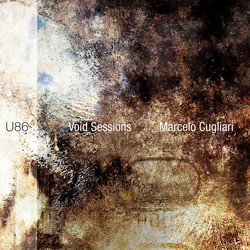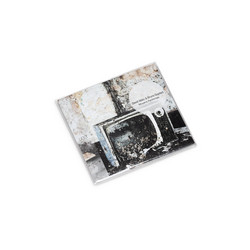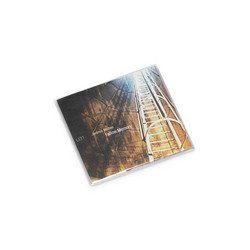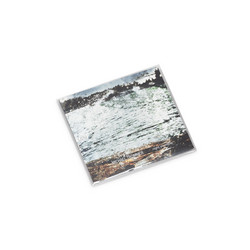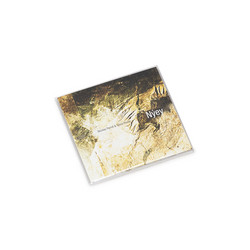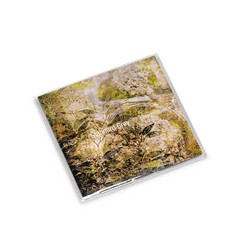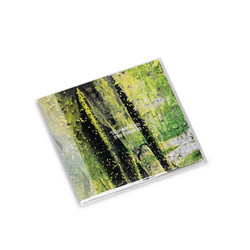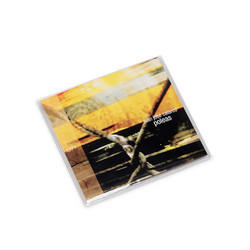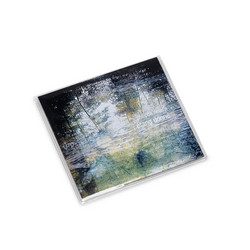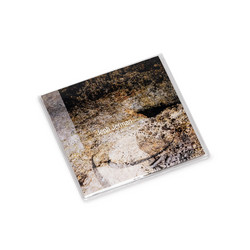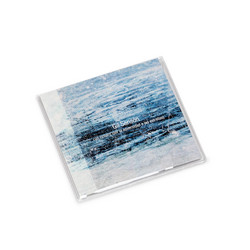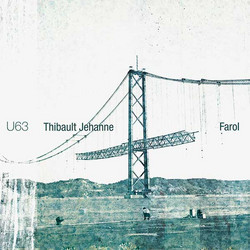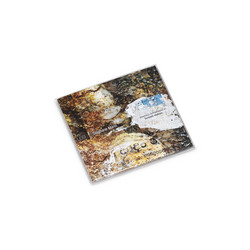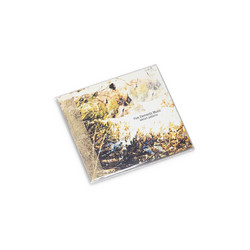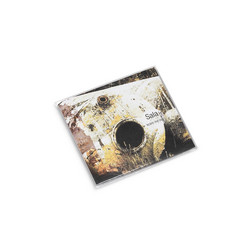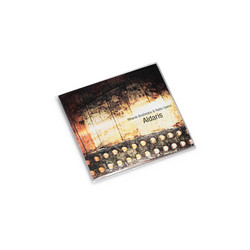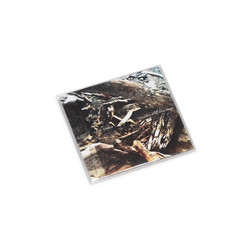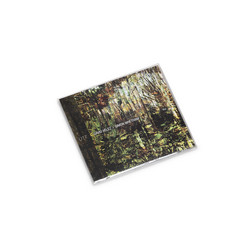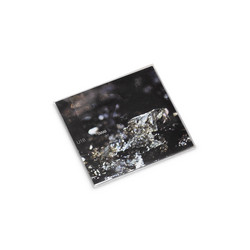João Castro Pinto
Suntria - Imaginal Sonotopes
**200 copies** "Suntria is a soundscape composition orchestrated, fundamentally, through the use of audio fragments captured from distinct locations of Sintra’s forest, near Lisbon, Portugal. Since remote ages, Sintra’s mountains (in Portuguese, Serra de Sintra) are known as locations of worship and devotion. It is reputed that the Celts, Visigoths, Moorish and Romans were among the people who inhabited and praised these oneiric landscapes before the Lusitanos (the later Portuguese). Throughout the years, Sintra had different toponyms, it is said that the Celts referred to it as Cynthia (meaning the devotion of the moon). It is also given that some Greek and Latin scholars state that Sintra was also denominated as Mons Sacer (Sacred Mount). Ptolemy and the Romans called it Mons Lunae (Mount of the Moon) and, during the Moorish rule of the land, Sintra was denominated as Zintira, Chinra, Xintra, Sentra, until, finally, it was, before its actual designation, named Xentra. From the etymological study of the term there is a curious, but controversial, medieval designation from each Sintra is thought of being derived – Suntria. This possibility presents itself as problematic. The medieval origin of Suntria is supposed to have been derived from the Indo-European (meaning Sun or Luminous Astro). This denomination is controversial because the etymology of the word “Sun”, considering the existing Indo-European branches, puts aside any connection between the term “Suntria” and the significance of the word Sun (except when considering the Gothic [extinct Germanic language] term “Sunno”).
Suntria is the title of this composition because, and foremost, the conceptual purpose of the album is not to mimic the sonic landscapes of Sintra’s physical actual locations but to creatively interpret these spaces. Suntria is a hypothetical toponym of a determined physical location, as this composition is an interpretation and recreation of field recordings captured in Sintra’s soundscape. The mystical ambience patent in Sintra’s forest is a national symbol depicted in literature, cinema and architecture by Portuguese and foreigner artists as, for example, Lord Byron, which lived there for a brief period. Sintra’s fauna and flora is as rich as its environment, which configurates a micro-climate totally distinct from the one which predominates in Lisbon, from where it distances not too much. The basilar audio samples that integrate this composition were recorded in the ponds, cascades, forests and beaches of the Sintra-Cascais natural park. Additional sounds were recorded in other (natural / urban) locations of the country (check below for detailed info).
Suntria’s subtitle is imaginal sonotopes, and it is so because what is at stake in the piece is recreating combinations from elements of the soundscape, i.e., of diverse geophonies, biophonies and anthropophonies. According to soundscape ecology, a sonotope is, precisely, the spatial overlapping units or patterns advenient from these contingent conglomerations, which in their turn result on the blending of sonic elements. Suntria is a piece that presents plausible soundscapes through the creative electroacoustic exploration and concrescence of samples that even though, in many cases, belong to the same ontic family (for example: geophony – water in streams, ponds and beaches) were originated and recorded, in terms of spatio-temporal coherence, in distinct locations. One of the main purposes of the album is, therefore, to question the sense of identity and place, concerning to the academic established postulates of soundscape composition. Sounding natural, i.e., as we phenomenologically relate to a sonotope, is one of the main goals of this composition: to make plausible the implausible.
One can expect to listen a diverse spectrum of sonic approaches, in between found sounds and abstracted composition, making use of techniques that range from transparent edit, equalization and juxtaposition (phonography) to concrete / acousmatic music procedures (manipulations in the morphological spectrum). In terms of dynamics, the composition reveals subtle quasi-silent moments as saturated and loud events. The same logic prevails in terms of spectral diversity, for Suntria outputs careful sculpting of low, mid and high frequencies, towards a whimsical sound voyage.
Finally, all the audio samples were registered through the implementation of various recording techniques: stereo (XY, ORTF [w. matched pair] and MS) and monaural (shotgun, hydrophone and contact mics). Concerning the audio recording devices, various gear was used, from the enhanced mono (low quality) mic of the iPhone and the prosumer mid-level entry recorders (as the Tascam DR-100 MKII / DR-70D), to the professional standard industry level recorders (as Sound Devices 702).
Suntria reaches for an aural acuity that invites the listener to perscrutate meaning, purpose/intentionality and ultimately to question the sense of hearing and being in the world." - João Castro Pinto, 10 May 2017
